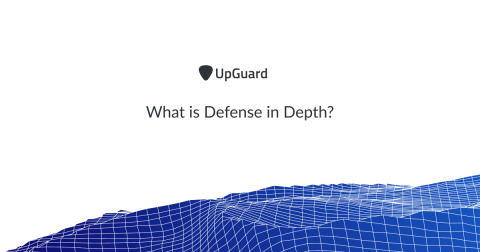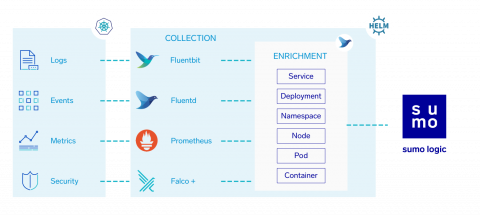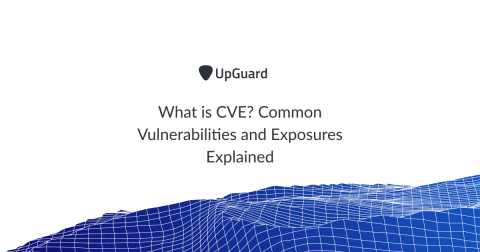Cybersecurity 101 For Entrepreneurs And Start-Ups
At the end of 2018, 30 million small businesses were operating in the United States, many of which relied on a variety of technologies to deliver their services. No matter how small in size or how new on the startup scene, these growing companies often face the same cyber risks that large and well-established companies face.









